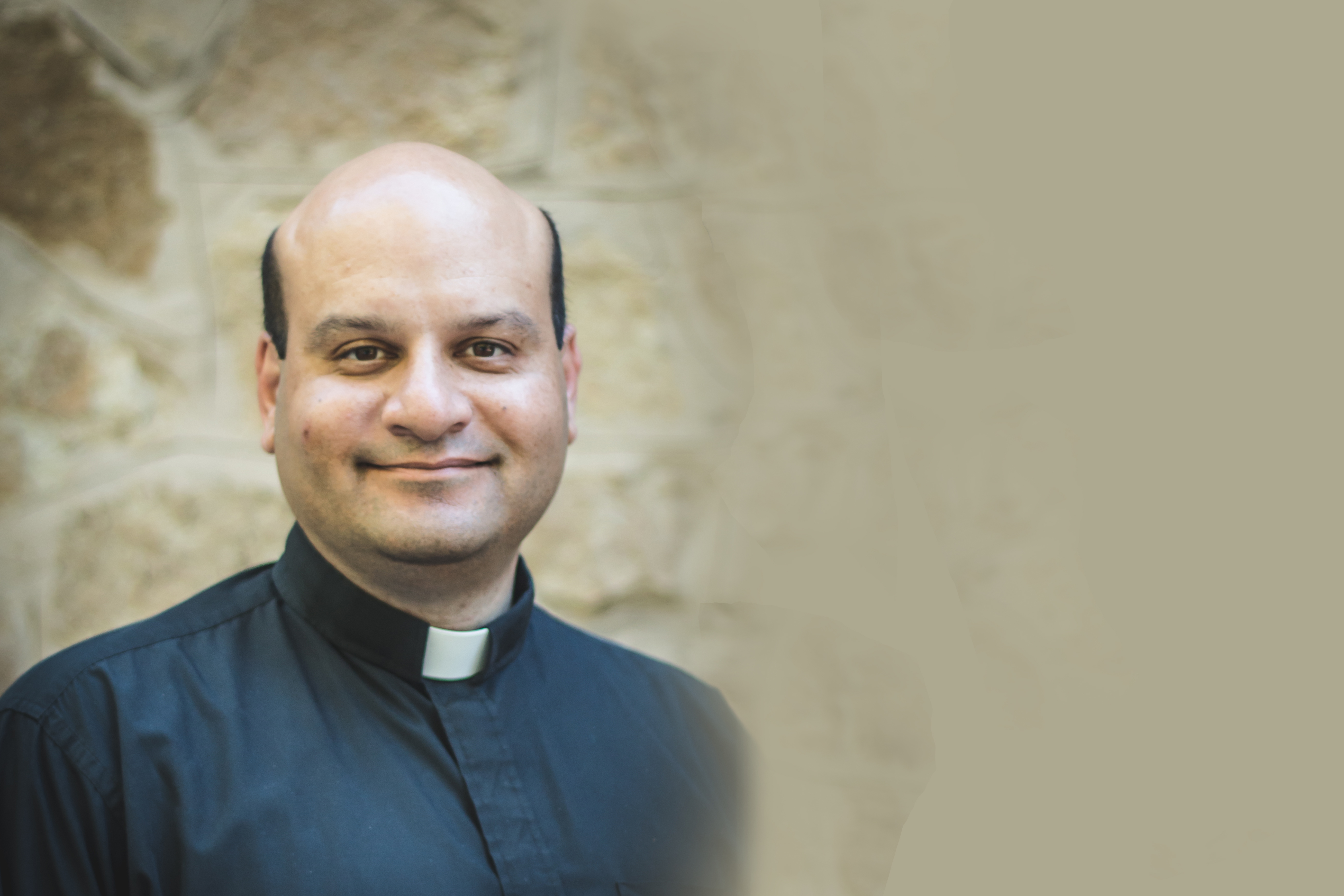Jagmeet Singh is a many-splendoured phenomenon, and I don’t just mean his $2000 bespoke suits and Rolex watches. I find him fascinating, and his rise should be fascinating for those concerned about the place of religion in our common life.
His new television ads emphasize his identity, which is fitting for an age when identity politics dominates the left. But what is that identity? Are his fashionable turbans-of-many-colours a matter of culture or religion?
Jagmeet – does anyone ever call him Mr. Singh? – is the son of Sikh immigrants to Canada, but did not grow up in an area of heavy Sikh settlement, like Brampton or Vancouver. He would move to those places and run for office there. But he grew up in Newfoundland and Windsor. In Windsor, he relates that he was subject to racial slurs on the playground. That’s not outside the common experience of Indo-Canadians of his age, but the Singh family solution certainly was. They sent him across the border to an elite American private school, Detroit County Day School; where the annual tuition sets you back $30,000. Jagmeet went on to do what a lot of rich sons of doctors do, going to Osgoode Hall Law School and then into politics.
His story represents another chapter in Canada’s immigrant story, the son of affluent parents who grew up in privilege. It’s a happy story – that Singh’s parents could do so well in Canada having arrived with little – but challenges the idea that all sons of immigrants grew up in economic straits. Jagmeet may not have been as rich as Justin Trudeau, but neither had the comfortable middle-class upbringing of, say, Andrew Scheer.
It’s one of those unexpected anomalies, that Canada’s first racial minority federal party leader went to a school for rich kids in the United States. But politics is like that. Who would have thought that America’s first black president would be raised by his white mother and white grandparents, his African father having skipped out on the family? That’s the tricky thing about identity politics; identities are complex and people don’t come in neat little boxes.
Which makes Singh’s first campaign ad so fascinating. The French-language one begins with Jagmeet without his turban, his vast mane putting to shame former Pittsburgh Steeler star Troy Polamalu’s shampoo commercials. Then he wraps his turban as his voiceover states that he is proud of his identity, “as you are.” The next shot is of Jagmeet wrapping again, but this time his fists for boxing gloves as he works the heavy bag before a little martial arts grappling in the ring.
Well, it worked for Justin Trudeau. Perhaps it’s a rich-kid thing, though even if he had grown up rich it would be hard to imagine Scheer working the heavy bag. Anyway, the slogan is that the NDP will “fight for you,” so perhaps that’s the reason for the pugilist theme.






